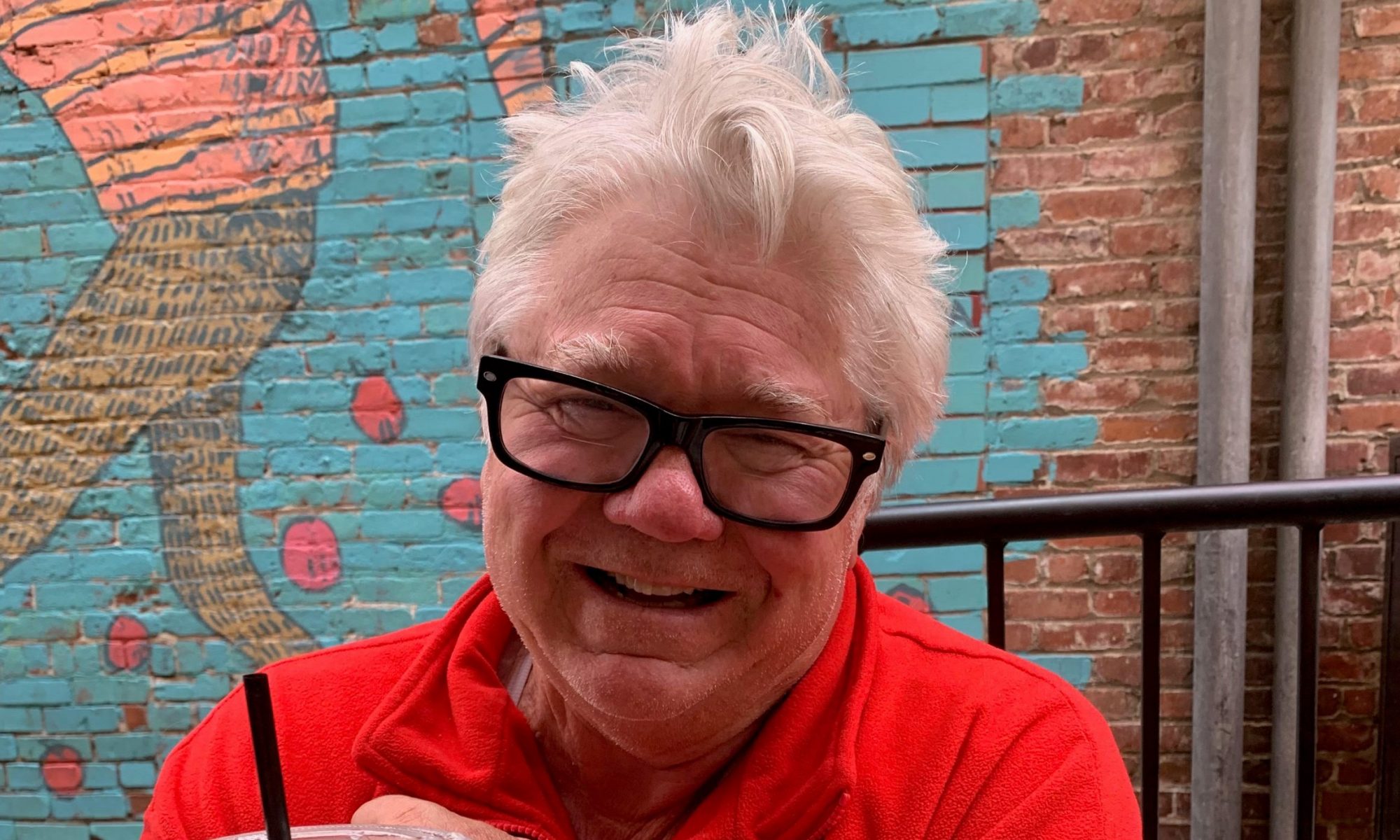This is part of a series of mini-Redlands Connections. This is a portion about a series of visitors at Redlands, Quick Visits. Magic Johnson and John Wooden showed up at the University of Redlands as part of a Convocation Series. A piece on Tom Flores was another one. Hall of Fame pitcher Ferguson Jenkins, former NBA player John Block, legendary high school coach Willie West showed up. There are others. Cazzie Russell, for instance, came to Redlands with an NCAA Division III basketball team from Savannah, Ga. Russell, out of Michigan, was the NBA’s overall No. 1 draft pick by the New York Knicks in 1966.
Truth is, there aren’t many NBA No. 1 draft choices that pass through Redlands. Not just a No. 1 draft pick. We’re talking No. 1 overall.
Cazzie Russell comes to mind. That Chicago native was a three-time All-American at Michigan in the mid-1960s. At 54 years of age, Russell was coaching Savannah (Ga.) College of Arts & Design (SCAD).
In December 1998, SCAD came out west for a three-game trip to play Westmont College, near Santa Barbara, University of La Verne and, finally, University of Redlands.
“This school,” Russell told me, referring to SCAD, “was founded in 1979 with 71 students … and a credit card.”
By 1998, that campus had grown to 4,000 students.
Russell said he wasn’t SCAD’s only ex-pro. Upon getting hired, SCAD’s Chairman of the Board was none other than Dr. Bernie Casey, who had been an NFL All-Pro receiver. One time major league pitching hero Luis Tiant was that school’s baseball coach.
Imagine.
As for Russell, hoops fans might recall that 6-foot-5 pure shooter who helped lead the Wolverines to that 1964 and 1965 Final Four, losing in the 1966 Regionals to eventual finalist Kentucky. A short time later, the New York Knicks made Russell their No. 1 pick.

Cazzie Russell, a No. 1 overall draft pick by the New York Knicks in 1966, coached a small college team from the visitor’s bench in 1998 at the University of Redlands (photo by Savannah College of Art & Design).
Thirty years later, which included an NBA title in 1970 – Knicks over the Lakers – Russell was sitting in an Ontario hotel, sort of an Interstate 10 highway midway point between La Verne and Redlands.
“I love coaching here,” he says. “Nobody expects anything from us. We’re a bunch of cartoonists, graphic designers, architects. We come into another school’s gym and they’re thinking they’ve got us.
“When they get us on the court, we fool ’em.”
Someone else could write connections Russell had with a variety of NBA legends, including teammates, plus plenty of opponents that included Jerry West and Elgin Baylor, onetime teammates Willis Reed and Walt Frazier, Nate Thurmond and Kareem Abdul-Jabbar, Oscar Robertson and John Havlicek.
“I just saw Oscar two or three weeks ago,” said Russell. “I remember when he came to my high school and tried to get me to go (coach at) Cincinnati, his old school.”
During his NBA days, Russell was traded by the Knicks to the San Francisco Warriors for legendary rebounder Jerry Lucas in 1971.
Three decades later at SCAD, Russell laid the groundwork for recruiting, basketball, getting his team a chance for an education at an NCAA Division 3 institution.
No one sees us at practice, he says. “We’re working on defense, shooting, fundamentals … just like everyone else, I suppose.”
Teaching those fundamentals at practice, he said, “is like trying to introduce them to a new cereal.”
At SCAD, Russell’s recruits are playing for a former No. 1 draft pick, a one time NBA champion who played against the best basketball players in the world.
“A lot of kids are in awe of the fact that I was drafted number 1,” he said.
That list of overall number one picks – Shaquille O’Neal, Kareem, Robertson, Baylor, Patrick Ewing, Magic Johnson, Hakeem Olajuwon, Elvin Hayes or Bill Walton – does NOT include Michael Jordan or Chamberlain, Russell or Karl Malone.
Russell’s in rare company.
Joked Russell: “I don’t want to get into the difference in the amount of money we made then and what they make now.”
During his post-playing career, Russell coached at every level – high school, CBA, an NBA assistant, collegiately in both NAIA and NCAA – before settling in at SCAD.
In SCAD’s three-game swing out west in 1998, the Bees swept games at Westmont, La Verne and Redlands.
It seemed strange to see Russell seated on the bench as SCAD warmed up to play the Bulldogs inside Currier Gymnasium on that December 16, 1998 night.
It was a far cry from the Oakland-Alameda County Coliseum when, playing for the Warriors, the smooth-shooting Russell was swishing shots in a rare win over NBA powerhouse Milwaukee Bucks.
Averaging 15 points a game over a 10-year career, Russell not only played in New York and Golden State, but also the Lakers and Chicago Bulls. When the Lakers signed him away from the Warriors, according to rules of those days, Russell’s former team received draft compensation.
Russell chuckled, noting that draft pick turned out to be Robert Parrish, that 7-foot center later winding up in a deal with the Boston Celtics.
As for SCAD basketball, Russell’s coaching career in Savannah lasted 13 seasons. That school cancelled the sport in 2009.
Russell was as well-versed in spiritual necessities as he was setting up a jump shot. He seemed to make as much joy in reporting that God was a huge factor in his life.
“If God is first in your life,” he told me, “then you’re going to be successful. I’m not talking about making money. I’m talking about faith in everything you do.”
You can run from God, he said, “but you can’t hide. When I decided I was going to be obedient in 1989, it was the best thing I ever did.”
“I’ve got no plans to leave.”


